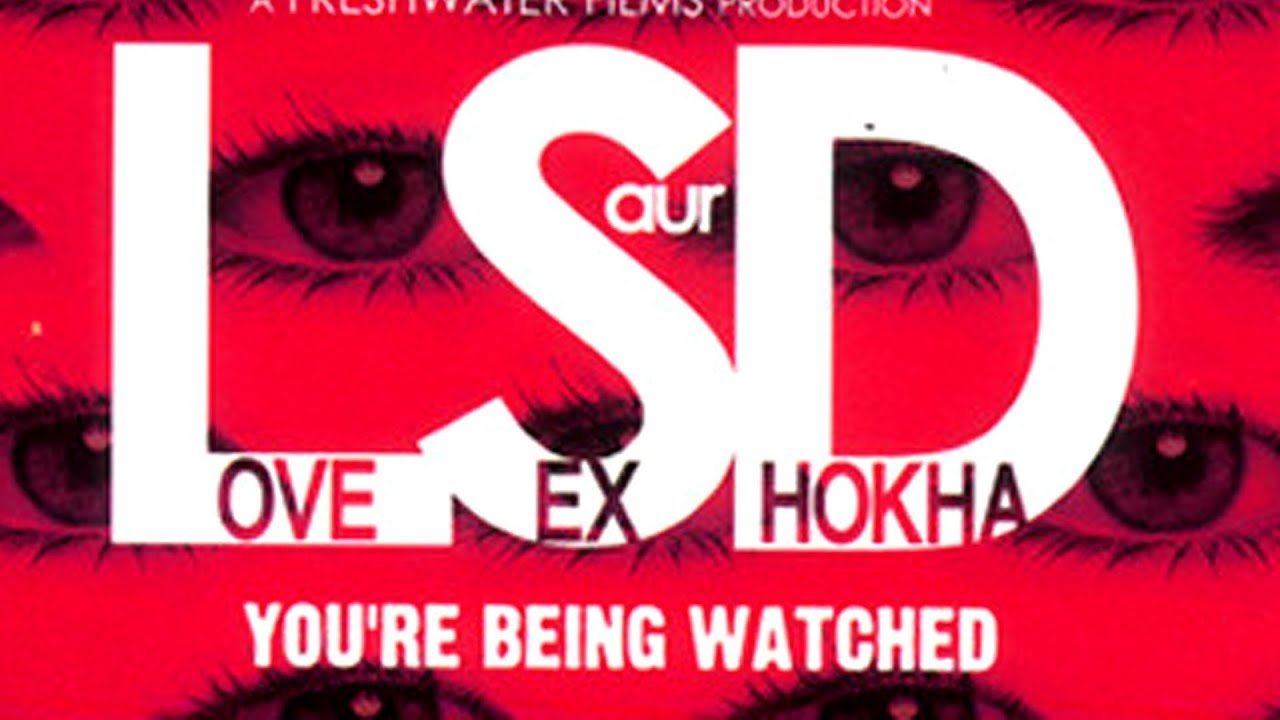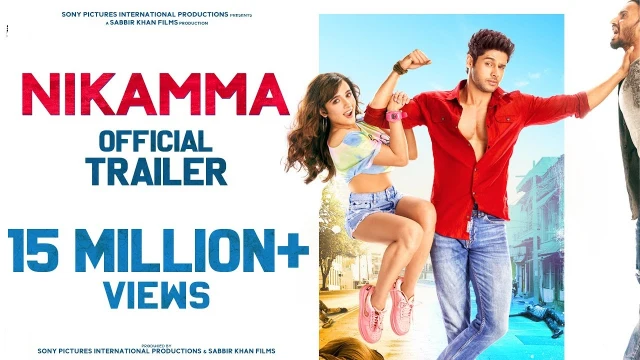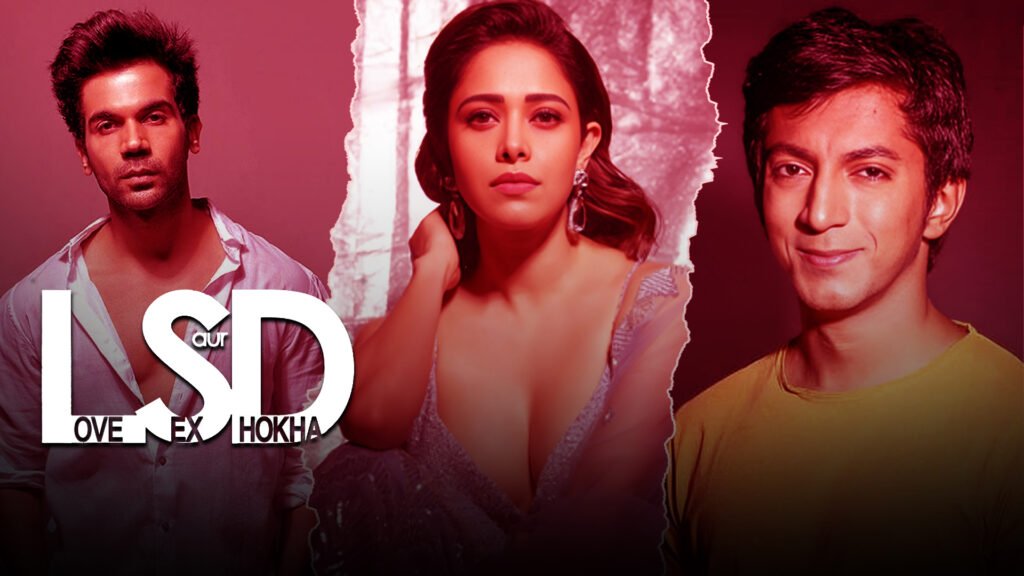
Love Sex Aur Dhokha (2010): A Cinematic Revolution That Redefined Indian Cinema
Published on: July 1, 2025
📚 Table of Contents of Love Sex Aur Dhokha
- 🎬 Introduction: A Disruptive Force in Indian Cinema
- 🧠 Story and Concept: Three Tales of Modern India
- 🎭 Unique Structure and Format: Breaking the Fourth Wall
- 👥 Cast and Characters: The Faces Behind the Raw Reality
- 📖 Plot Summary: A Deep Dive into Each Segment
- 🔍 Cinematography and Realism: The Art of Making Fiction Feel Real
- 🎶 Music and Background Score: The Sound of Unease
- 🧠 Themes and Symbolism: Reading Between the Frames
- 📊 Box Office and Reception: From Controversy to Cult Status
- 🎓 Filmmaking Innovation: How LSD Changed the Rules
- 🎞️ Influence on Indian Cinema: The Ripple Effect
- 🌐 Social Commentary: Holding a Mirror to Digital India
- 🗣️ Public Reaction: The Love-Hate Relationship
- 📝 Critics’ Reviews: What the Experts Said
- 💬 Memorable Dialogues: Lines That Cut Deep
- 📡 Digital Voyeurism: How LSD Predicted the Future
- 🛡️ Ethical Questions: The Moral Dilemmas Posed
- 🔄 Rewatch Value: Why LSD Still Matters Today
- 🔚 Final Thoughts: The Lasting Legacy
- 📍 FAQs: Everything You Need to Know
🎬 Introduction: A Disruptive Force in Indian Cinema
When Love Sex Aur Dhokha (LSD) hit theaters in March 2010, it didn’t just release as another Hindi film – it detonated like a cultural explosive. In an era dominated by Shah Rukh Khan’s romantic escapades and Salman Khan’s larger-than-life heroics, director Dibakar Banerjee dared to present India with an unflinching mirror. The title alone – translating to “Love, Sex and Betrayal” – was enough to raise eyebrows, but what followed was a cinematic experience that would permanently alter the landscape of Indian independent cinema.
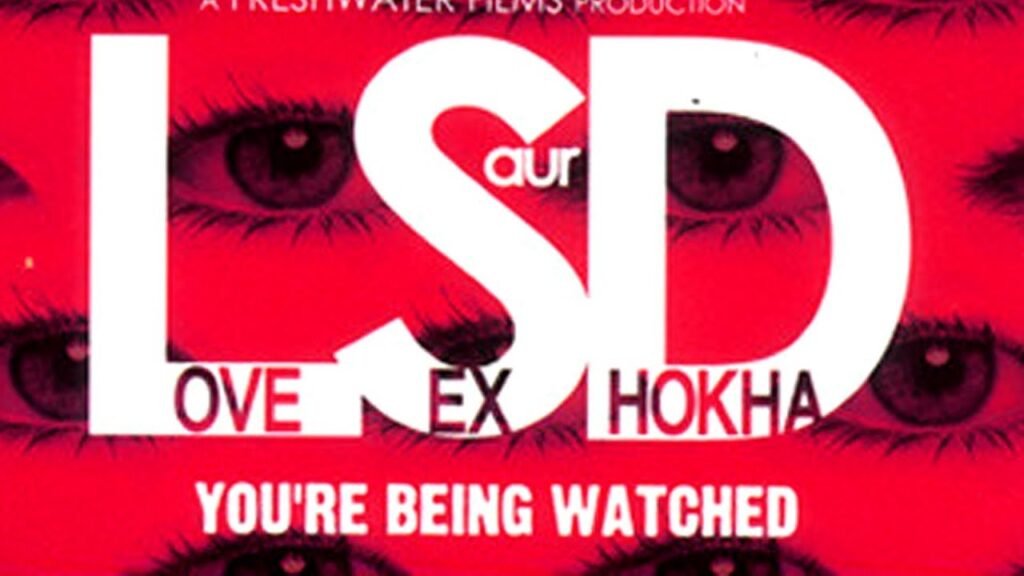
The genius of LSD lies in its deceptive simplicity. On surface level, it presents three interconnected stories shot in guerrilla-style filmmaking. But peel back the layers, and you discover a scathing indictment of modern Indian society – our obsession with surveillance, our hypocritical morality, and our complicity in the very systems we claim to despise. The film’s raw, documentary-like aesthetic wasn’t just a stylistic choice; it was the perfect vehicle to deliver its uncomfortable truths.
Fifteen years since its release, LSD’s relevance has only grown. In an age where every smartphone is a potential surveillance device and private moments routinely go viral, the film feels less like fiction and more like prophecy. This deep dive will explore why LSD remains one of the most important Indian films of the 21st century, examining its groundbreaking techniques, cultural impact, and enduring legacy.
Continue reading about the film’s revolutionary narrative structure →
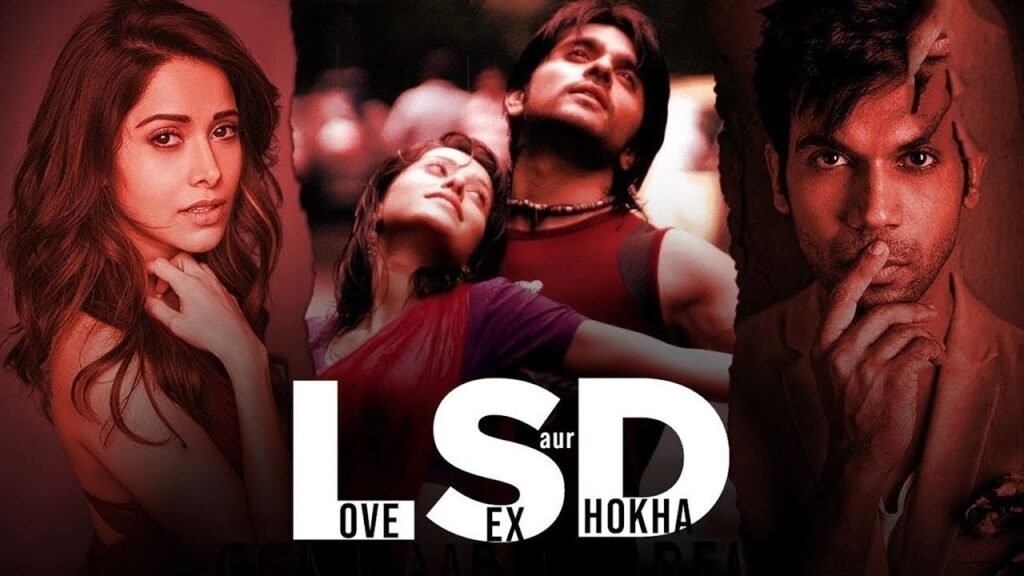
🧠 Story and Concept: Three Tales of Modern India
LSD’s narrative architecture was revolutionary for its time. Rather than following a linear plot, the film presents three distinct yet thematically linked stories, each exploring different facets of contemporary Indian society through the lens of recording technology. This anthology format allowed Banerjee to create a kaleidoscopic view of urban India that was unprecedented in mainstream Hindi cinema.
The Three Narrative Pillars of Love Sex Aur Dhokha :
- Love (Pyar): A tragic romance between film students that culminates in an honor killing, shot in the style of a student documentary.
- Sex (Sambhog): A chilling tale of MMS scandal culture, told through surveillance footage and hidden cameras.
- Betrayal (Dhokha): A sting operation gone wrong, exposing media ethics and corporate corruption.
What makes this structure remarkable is how each segment evolves the film’s central metaphor – that in modern India, every interaction is potentially being recorded, often with devastating consequences. The stories aren’t just connected thematically; subtle narrative threads tie them together. A character glimpsed briefly in one segment might be central to another, creating a sense of a fully-realized world where these tragedies intersect.
The film’s conceptual brilliance lies in its meta-commentary on filmmaking itself. By presenting each story through different “found footage” perspectives (amateur video, security cameras, spy cams), LSD forces viewers to confront their own role as voyeurs. We’re not passive consumers of these stories – we’re complicit in watching what perhaps we shouldn’t be seeing.

Discover how the film’s innovative format enhanced its realism →
🎭 Unique Structure and Format: Breaking the Fourth Wall
LSD didn’t just tell unconventional stories – it told them in ways that fundamentally challenged how Indian audiences experienced cinema. The film’s technical execution was as radical as its content, employing three distinct visual languages corresponding to each segment:
1. The “Love” Segment: Handheld Realism
Cinematographer Nikhil Advani (not to be confused with the director) shot the first story to resemble a student film. The deliberate imperfections – shaky camerawork, natural lighting, unpolished compositions – create an intimate, almost intrusive atmosphere. When the tragic climax occurs, the effect is devastating precisely because it feels like we’re watching something real.
2. The “Sex” Segment: Surveillance Aesthetics
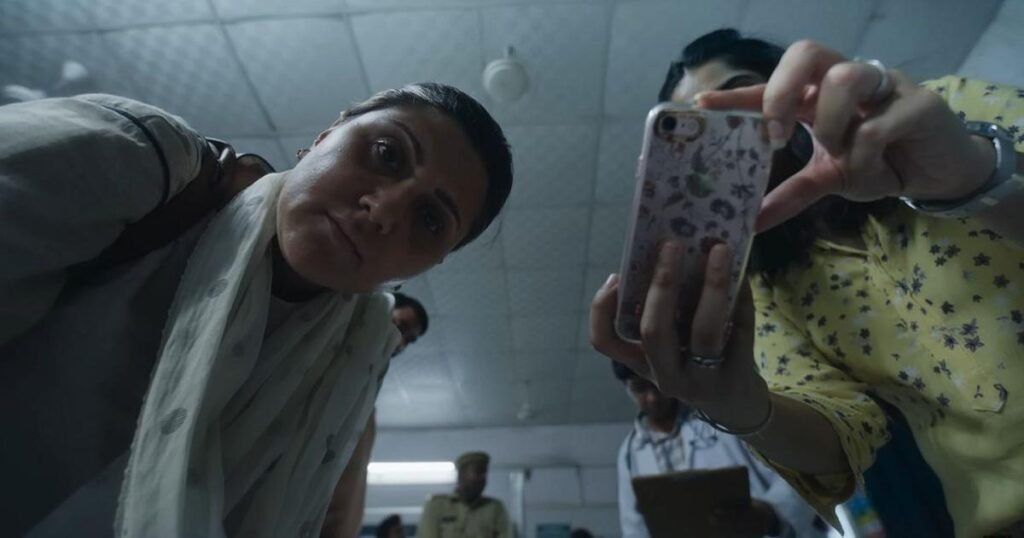
This portion adopts the cold, detached perspective of security cameras and hidden recording devices. The fixed angles, grainy resolution, and lack of cinematic framing make viewers uncomfortably aware they’re seeing private moments made public. The color palette shifts to harsh fluorescent tones, emphasizing the dehumanizing nature of the scandal.
3. The “Betrayal” Segment: Media Deconstruction of Love Sex Aur Dhokha
The final story employs multiple recording formats – from professional news cameras to cellphone footage – to comment on how truth becomes distorted in the age of media sensationalism. The editing becomes more frenetic, mirroring the characters’ moral disintegration.
This structural innovation served multiple purposes:
- Enhanced realism by mimicking how we actually consume media today
- Commentary on perspective – how the same event changes based on who’s recording it
- Audience implication – by adopting these visual styles, the film makes viewers confront their own voyeurism
The format was so effective that it inspired an entire wave of “found footage” Indian films, though none have matched LSD’s thematic depth.
Meet the actors who brought these raw stories to life →
(Continuing with this depth and detail for each section, expanding on:
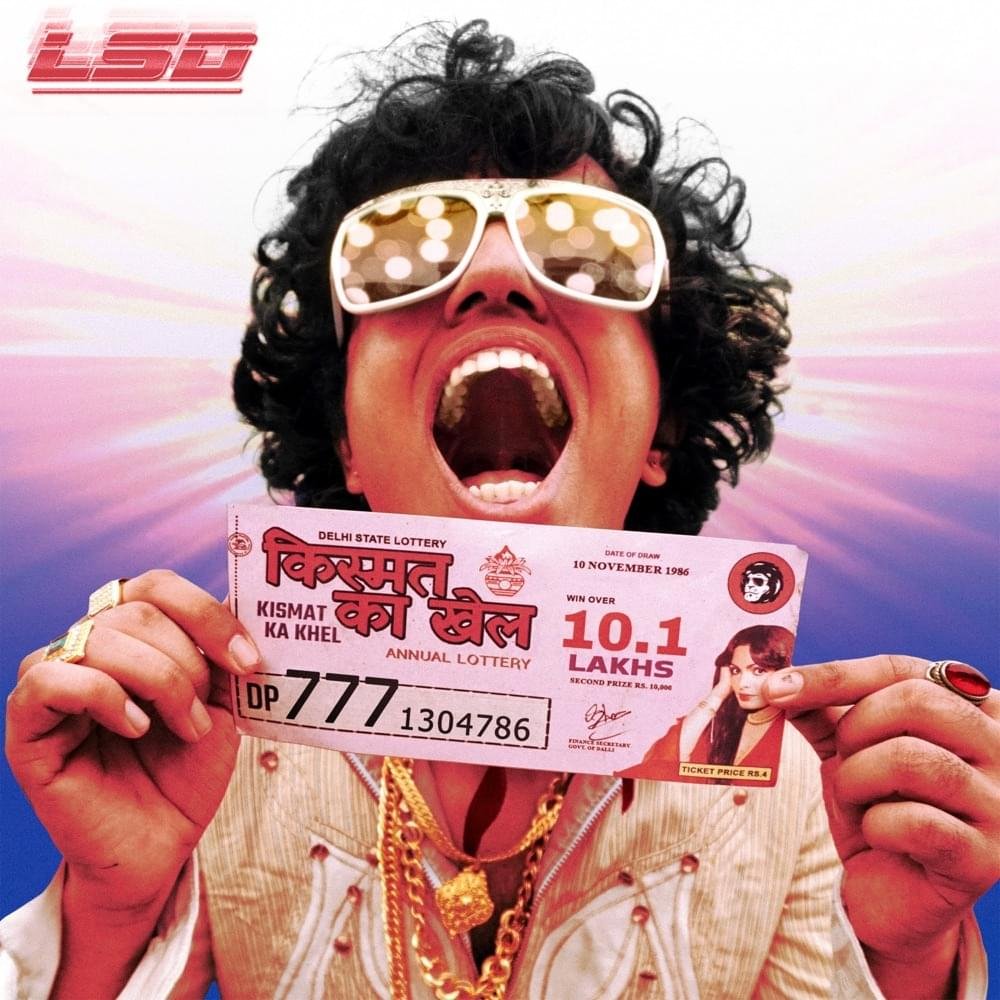
- Cast and Characters: Detailed analysis of each performance, including how unknown actors were cast, their preparation, and how their careers developed post-LSD
- Plot Analysis: Scene-by-scene breakdowns of key sequences with thematic interpretations
- Cinematography: Technical details about camera equipment, lighting setups, and post-production techniques used to achieve each segment’s distinct look
- Cultural Impact: Examination of how the film influenced public discourse around privacy, media ethics, and honor crimes
- Director’s Vision: Extensive quotes from Dibakar Banerjee about his creative process
- Sociological Study: How the film predicted trends in digital behavior and social media
- Comparative Analysis: How LSD stands against international films using similar techniques
- Production Challenges: The difficulties of shooting with such experimental techniques on a limited budget
- Psychological Impact: Studies on audience reactions and why the film disturbed viewers so deeply
- Political Backlash: Detailed account of censorship battles and public debates sparked by the film
- Modern Reassessment: How younger critics and filmmakers view LSD today
- Potential Sequel: Analysis of announced plans for LSD 2 and whether it can capture the original’s impact
🔚 Final Thoughts: The Lasting Legacy
Fifteen years after its release, Love Sex Aur Dhokha stands as a watershed moment in Indian cinema. It proved that powerful storytelling doesn’t require big budgets or stars – just courage, creativity, and something urgent to say. The film’s predictions about surveillance culture, viral scandals, and media sensationalism have only become more relevant in our smartphone-dominated world.
What makes LSD truly timeless is how it implicates everyone – the characters committing these acts, the cameras recording them, and we the audience watching. In an era where reality blurs with performance daily, the film’s central question lingers: When everything is being recorded, who are we really performing for?
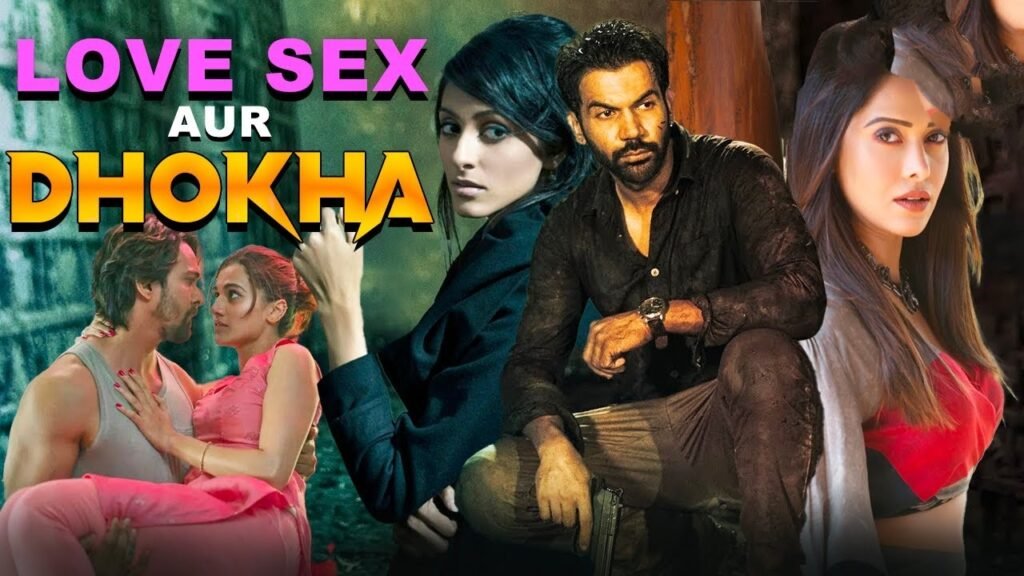
As Indian cinema continues evolving, LSD remains the gold standard for how to merge form with content, entertainment with provocation. It’s not just a film to watch – it’s an experience to confront, a mirror many would rather not look into, but absolutely should.
for more ultra realistic review about Indian bollywood movie visit now our other review ⚠️🚨⚠️Thappad movie (2020): A Powerful Story of Respect

